Kennel club: Japan’s Kenya Hara launches Architecture for Dogs

It may be tough to teach old dogs new tricks, but perhaps they can learn to live in new houses. Japanese graphic designer and curator Kenya Hara has made it his mission to find out.
In our last Handmade issue (W*161), we were thinking along similar lines when we commissioned Jarmund/Vigsnæs Arkitekter to design a dog retreat for us, and Hara's new venture, Architecture for Dogs, takes the idea further.
Debuting at Design Miami in early December, in collaboration with a star-studded cast of designers and architects from America, Europe and Japan, this online venture supplies free blueprints for 13 different DIY doghouses, each one earmarked for a particular breed. Hara hopes that pet enthusiasts everywhere will build them and that their photos will go viral and kickstart an online architectural discourse about the designs when the website launches this month.
Hara has been mulling over the idea of designer doghouses for around 15 years, and the project finally caught the attention of American investors at Imprint Venture Lab. Hara knew the pet-related theme would be popular, he said, 'I have the impression that the whole world is interested in babies and dogs.'
Building on the 'man's best friend' bond, he started by matching designers to dogs, choosing only small breeds that like to live inside. Some are random pairings, such as the Dachshund with architects Atelier Bow-Wow and the Toy Poodle with product designer Konstantin Grcic, but others are special requests, like architect Toyo Ito who wanted to build for his own Shiba, and Kengo Kuma who was keen to make a new home for a client's Pug.
Because conversation with their canine clients could be a bit one-sided, Hara provided each designer with a dossier of information covering the physical characteristics, temperament and health concerns of their breed. Human needs were considered in the brief, too, which stipulated that the doghouses should be easy for anyone to assemble with ordinary household tools and materials.
Leading the pack, Hara launched the project by designing two doghouses of his own: a hard, paper cone suspended from the ceiling for a Japanese Terrier and a plywood contraption for a Teacup Poodle.
Intended to improve contact between pooch and person, the poodle's structure consists of a 70cm-high, wedge-shaped, wooden tunnel enclosing a puppy-sized run of stairs. They lead up to a platform at chair height where the dog can recline while gazing adoringly at their owner. 'Putting a dog on the table is not so good,' says Hara. 'Yet the floor is a little too far away.' Located between these two extremes, Hara's proposal may have conceptual merit. But it took lots of Liver Snaps to coax a live Poodle up the stairs.
This reaction is not much of a surprise since the actual dogs did not participate much during the design phase. And when they did, many were more challenging than human clients. Architect Sou Fujimoto's subject, a Boston Terrier rented at a Tokyo dog park, refused to even go inside the prototype. Scrapping that sphere-shaped model, Fujimoto devised an open-frame structure instead, reminiscent of his House NA.
Most designers started by presenting a conceptual sketch to Hara and his staff who then investigated ways to realise the projects. 'Architects are very busy so we tried to provide ideas for materials and construction methods,' explains Hara.
Like a fast-paced game of fetch, ideas moved back and forth between the designers and team Hara. Sometimes it took four or five months to develop a realistic solution - more time than required for many full-fledged buildings. And even then certain proposals, such as Toyo Ito's inflatable, vinyl roof worn on the dog's back, still proved unbuildable.
Others, however, like architect Kazuyo Sejima's home for a Bichon Frise, met with more success. The Pritzker-prize winner had little time to spare, but knew that she wanted to create something fluffy for her assistant's fuzzy white pup. Running with her idea, Hara's group began exploring soft materials and ways to support them.
In due course, all agreed on a curved wooden frame enrobed by a hand-knitted cover. Though it bears little resemblance to the minimalist, glass buildings that have made Sejima famous, her doghouse got a warm reception from its canine resident who crawled inside and took an immediate liking to the soft, protective shell.
The Tokyo architecture firm Torafu also sincerely considered the needs of its Jack Russell Terrier, creating an easy-to-build, simple structure that recycles old clothes. Resembling a hammock, it consists of a wooden frame that supports an old T-shirt, preferably one well worn by the dog's owner. 'The smell of the owner is very, very important for a dog,' says Hara. 'It makes the dog feel safe and want to be here.'
But a pooch's response is only one measure of success. 'Architecture for Dogs is not a pet's project,' explains Hara. 'It is a project for architects.' For that reason, he engaged Yugo Nakamura, one of Japan's leading web designers, to create the interactive, trilingual website where participants can download drawings and view instructional videos, as well as upload photos of their newly built pet palaces, showcasing customisations and material substitutions.
'One idea can create lots of architecture around the world,' says Hara. And potentially turn Architecture for Dogs into a catalyst for architectural invention.
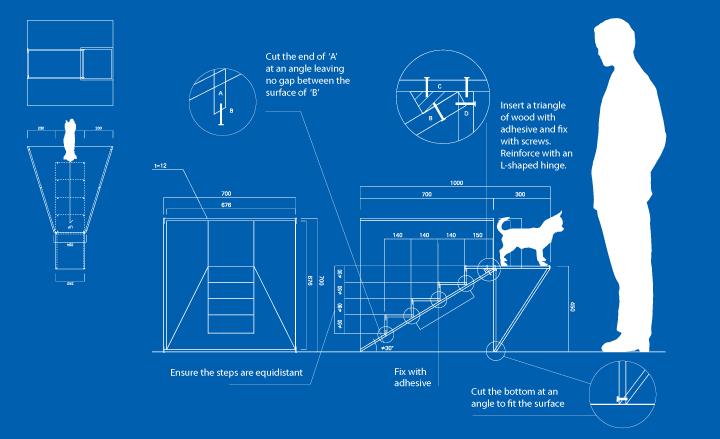
The Architecture for Dogs website, launching on 15 November, will supply free blueprints for 13 different DIY doghouses, each earmarked for a particular breed. Pictured is the blue print for Hara's D-Tunnel
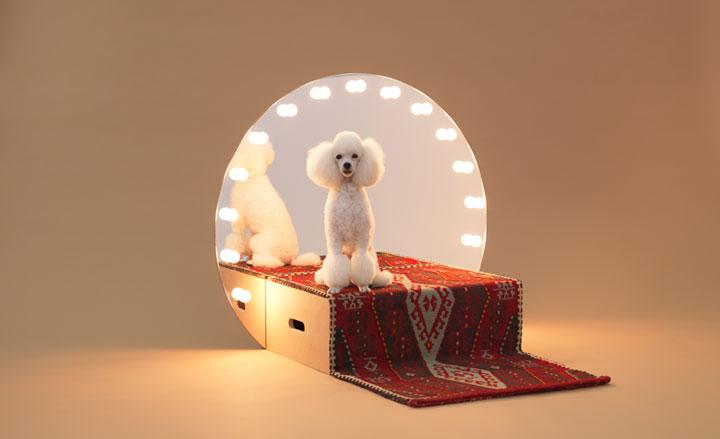
'Paramount' by Konstantin Grcic for a Toy Poodle
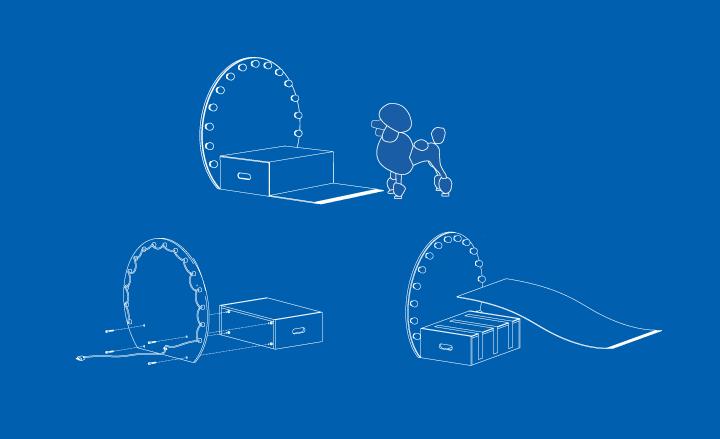
The blueprint for Paramount
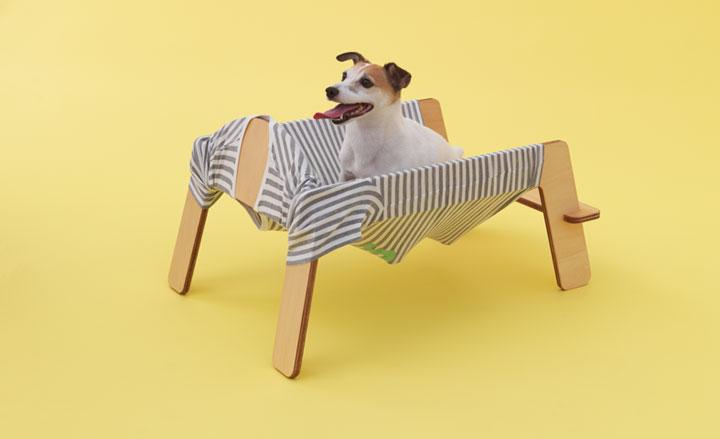
'Wanmock / type A' by Torafu Architects for a Jack Russell Terrier
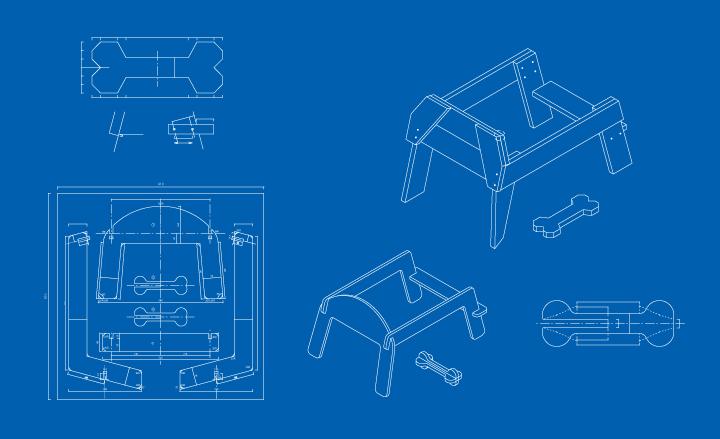
The blueprint for the Wanmock
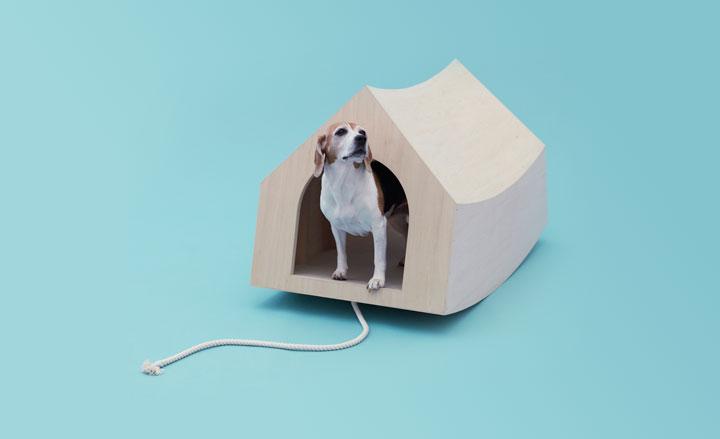
'Beagle House' by MVRDV
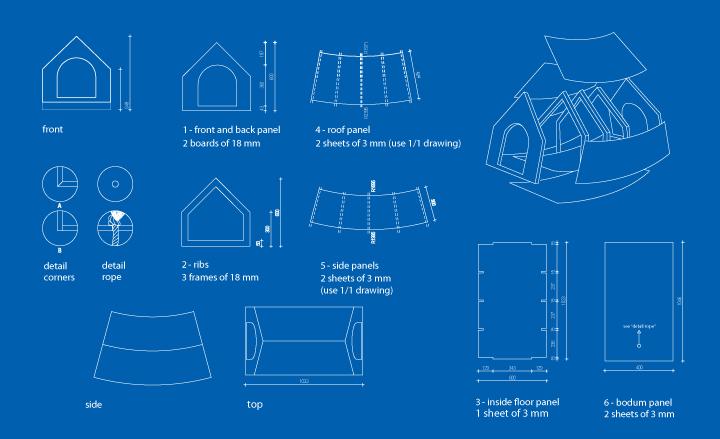
The blueprint for the Beagle House
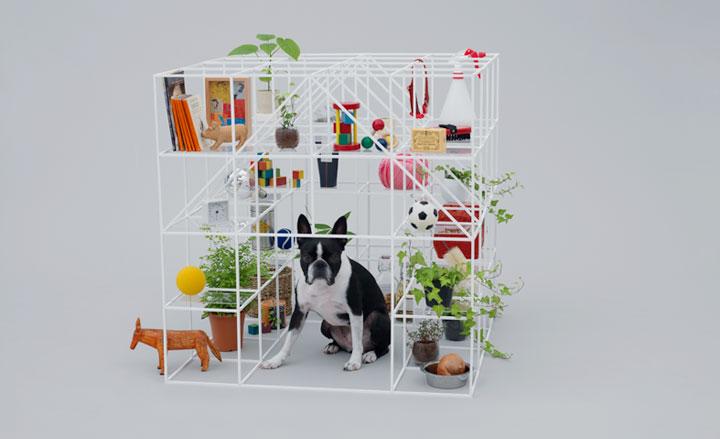
'No dog, no life!' house by Sou Fujimoto for a Boston Terrier
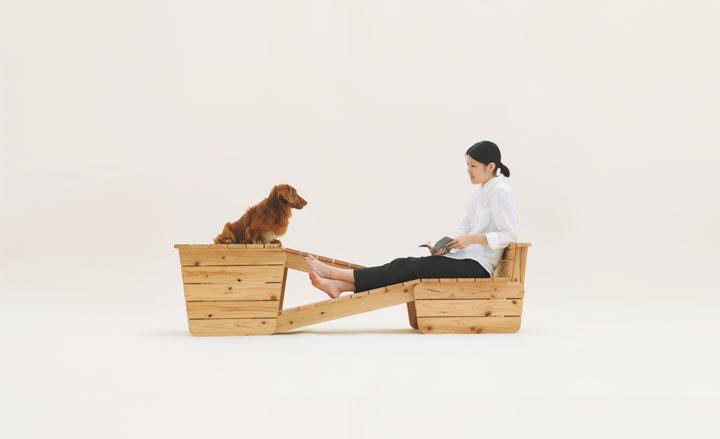
'Architecture for long-bodied-short-legged dog' (ie a Dachshund) by Atelier Bow-Bow
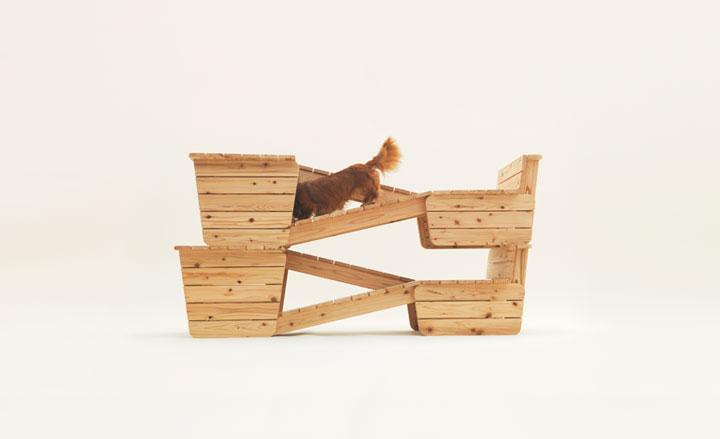
The design can be stacked for added entertainment for the dog
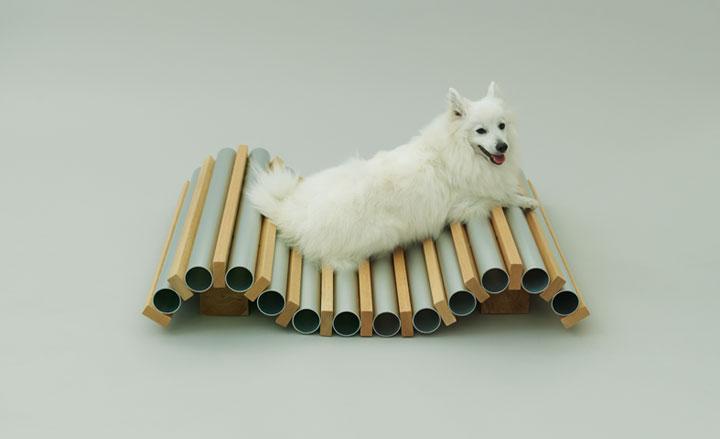
'Dog Cooler' by Hiroshi Naito for a Spitz
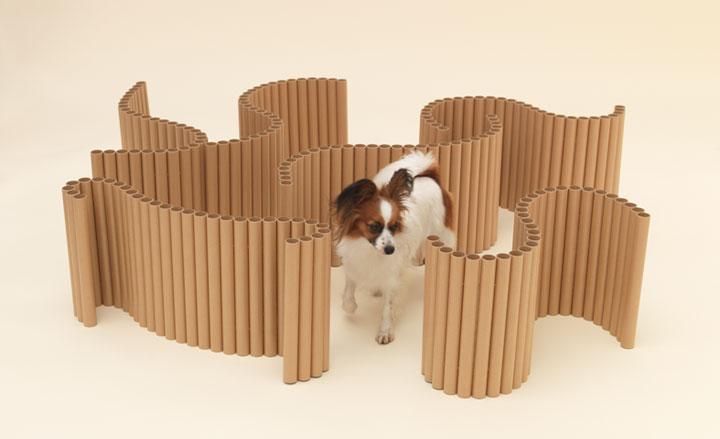
'Papier Papillon' by Shigeru Ban for a Papillon
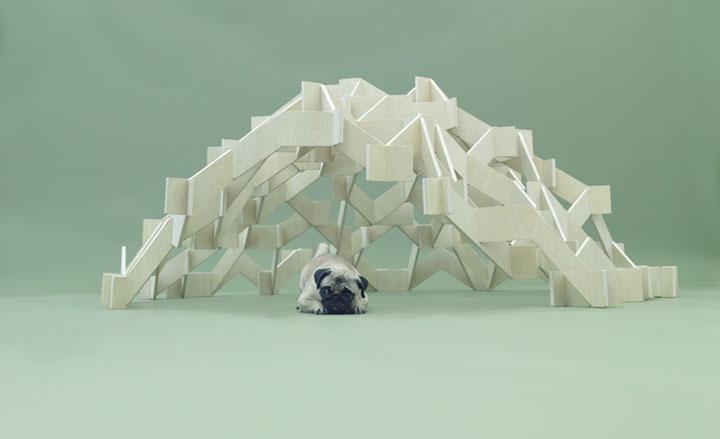
'Mount Pug' by Kengo Kuma
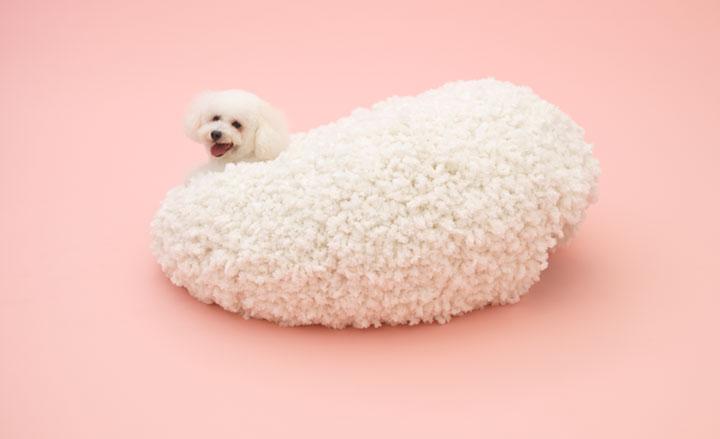
'Architecture for a Bichon Frise' by Kazuyo Sejima, constructed in collaboration with knit designer Keiichi Muramatsu
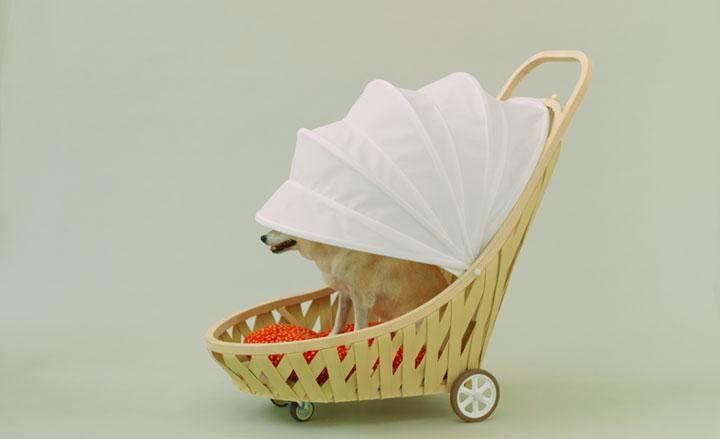
'Mobile Home for Shiba' by Toyo Ito
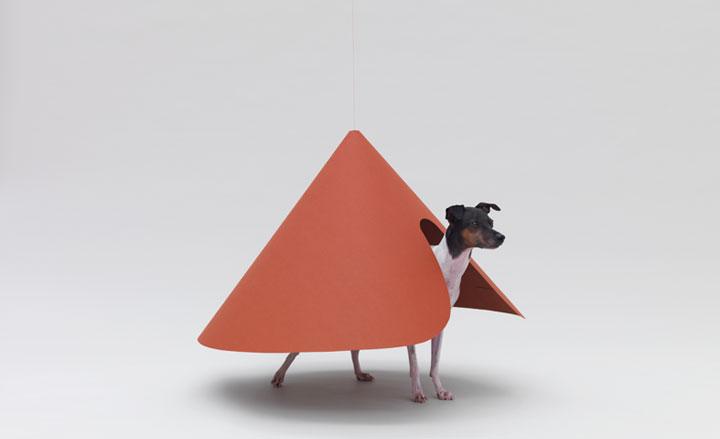
'Pointed T' by NDC/Haruka Misawa for a Japanese Terrier
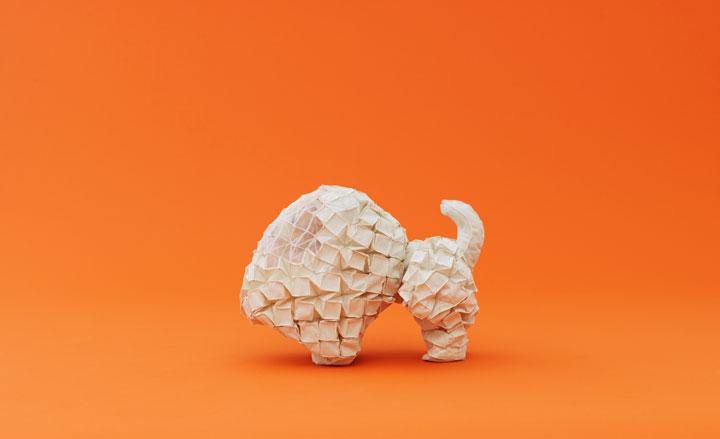
'Chihuahua cloud' by Reiser + Umemoto

'Chihuahua cloud' by Reiser + Umemoto
Receive our daily digest of inspiration, escapism and design stories from around the world direct to your inbox.
-
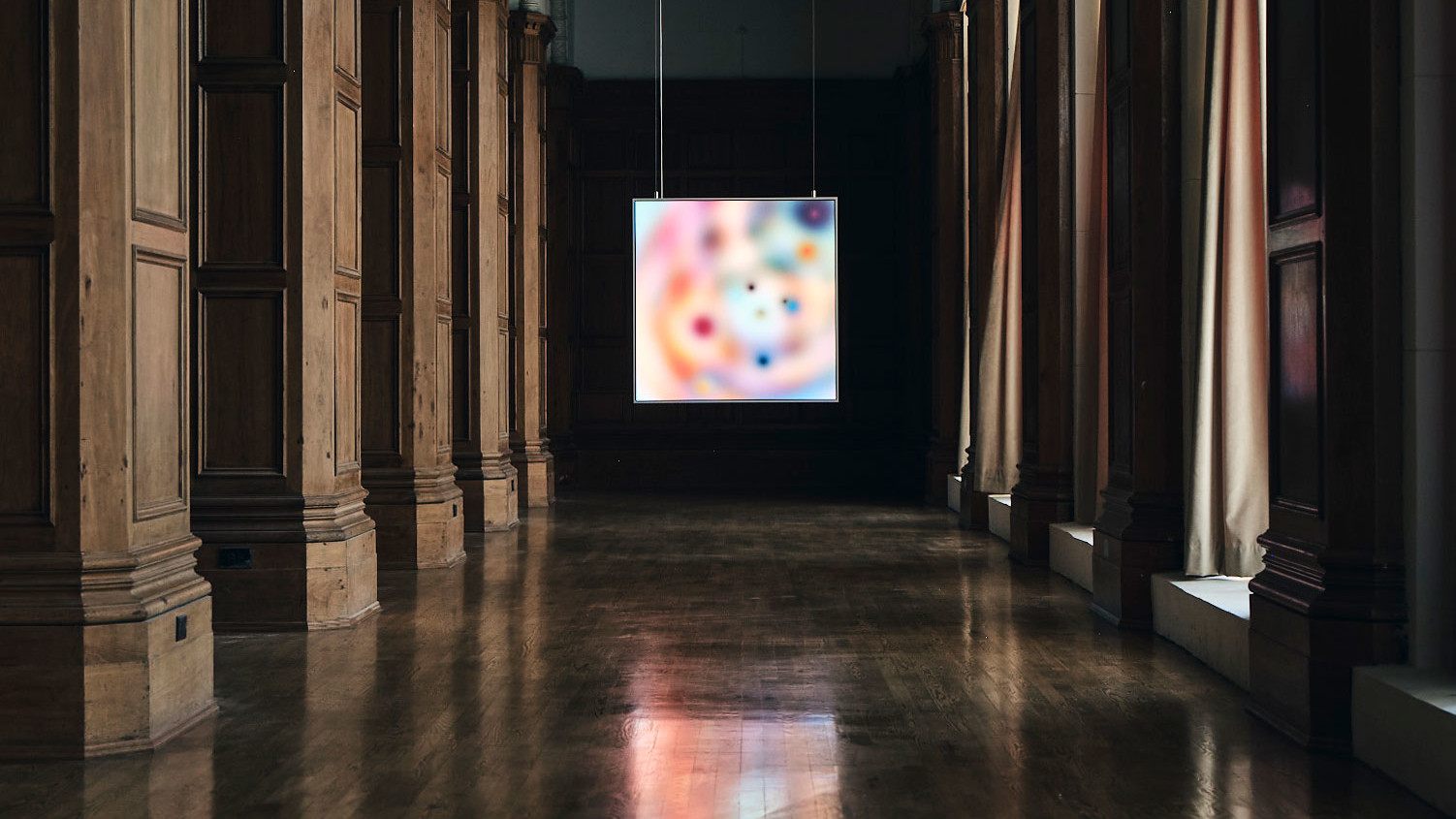 In the frame: Layer is a new high-tech platform for displaying unique pieces of generative art
In the frame: Layer is a new high-tech platform for displaying unique pieces of generative artA museum-grade canvas renders digital art with spectacular precision, cutting-edge tech and exacting industrial design
-
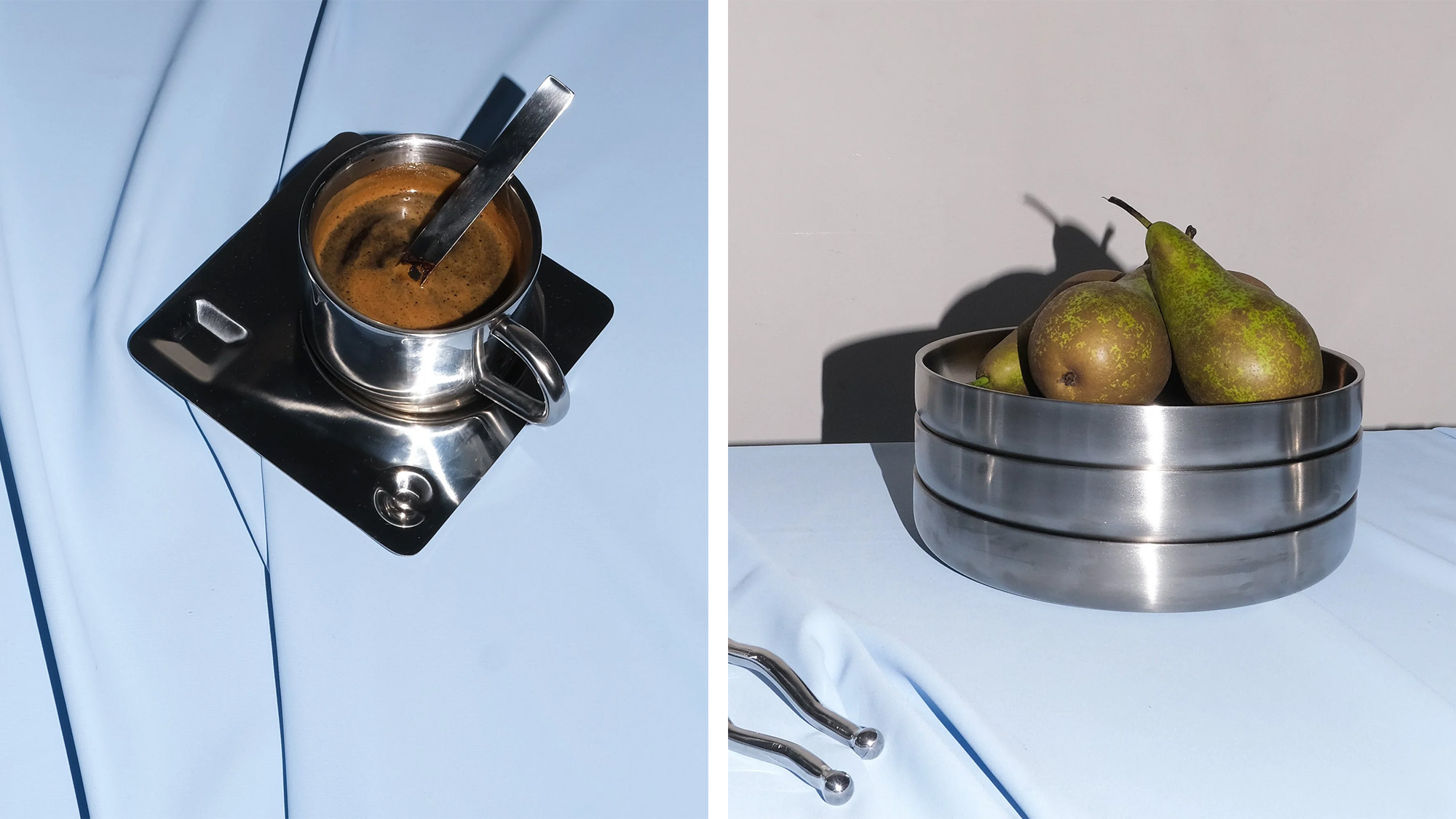 Chrome tableware to make your dining setup shine
Chrome tableware to make your dining setup shineOnce a hallmark of industrial and midcentury design, chrome is shining once again. The latest expression? Metallic dinner-, drink- and serveware that embody sophistication
-
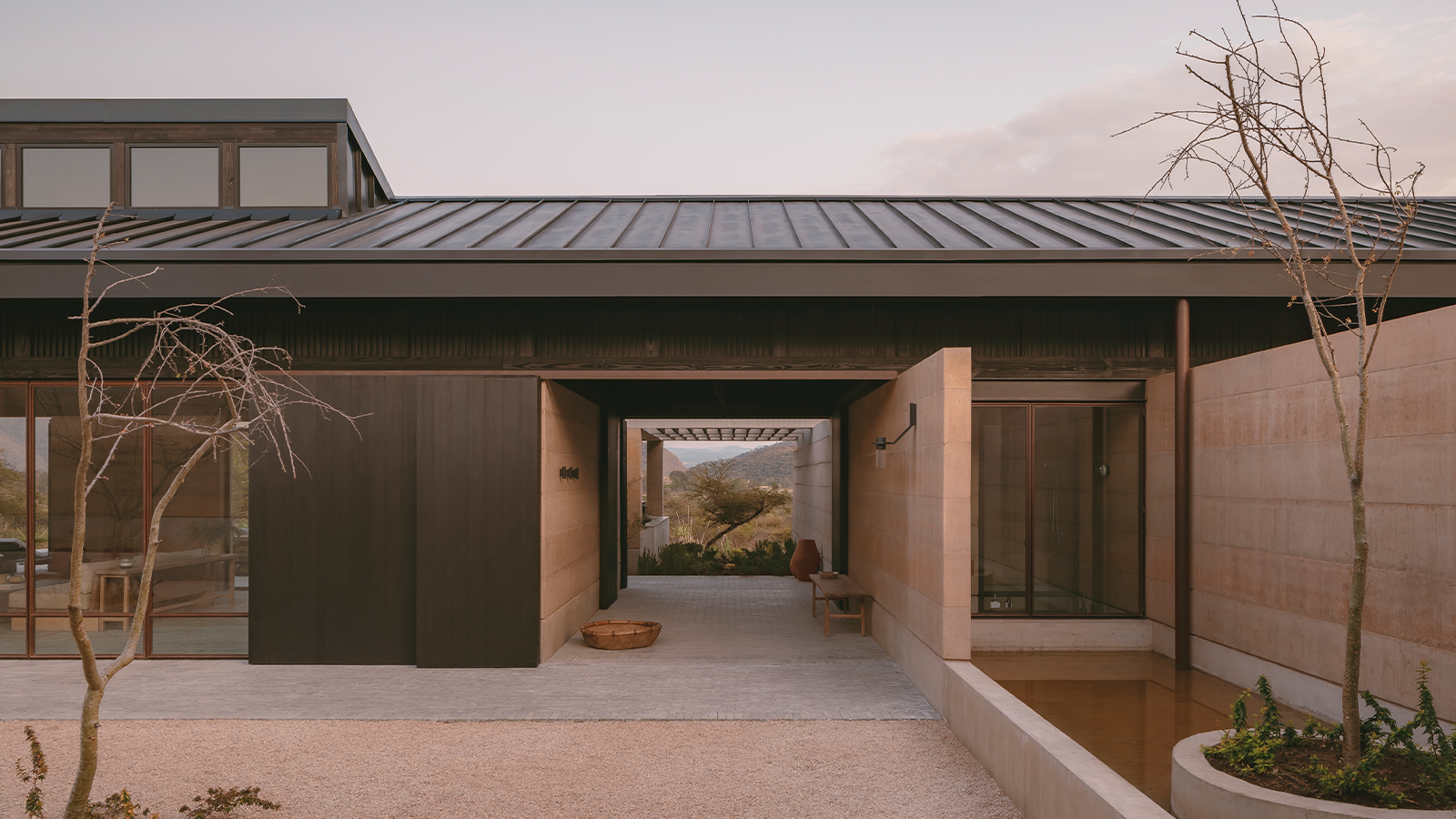 Serenity radiates through this Mexican home, set between two ravines
Serenity radiates through this Mexican home, set between two ravinesOn the cusp of a lakeside town, Mexican home Casa el Espino is a single-storey residence by Soler Orozco Arquitectos (SOA)
-
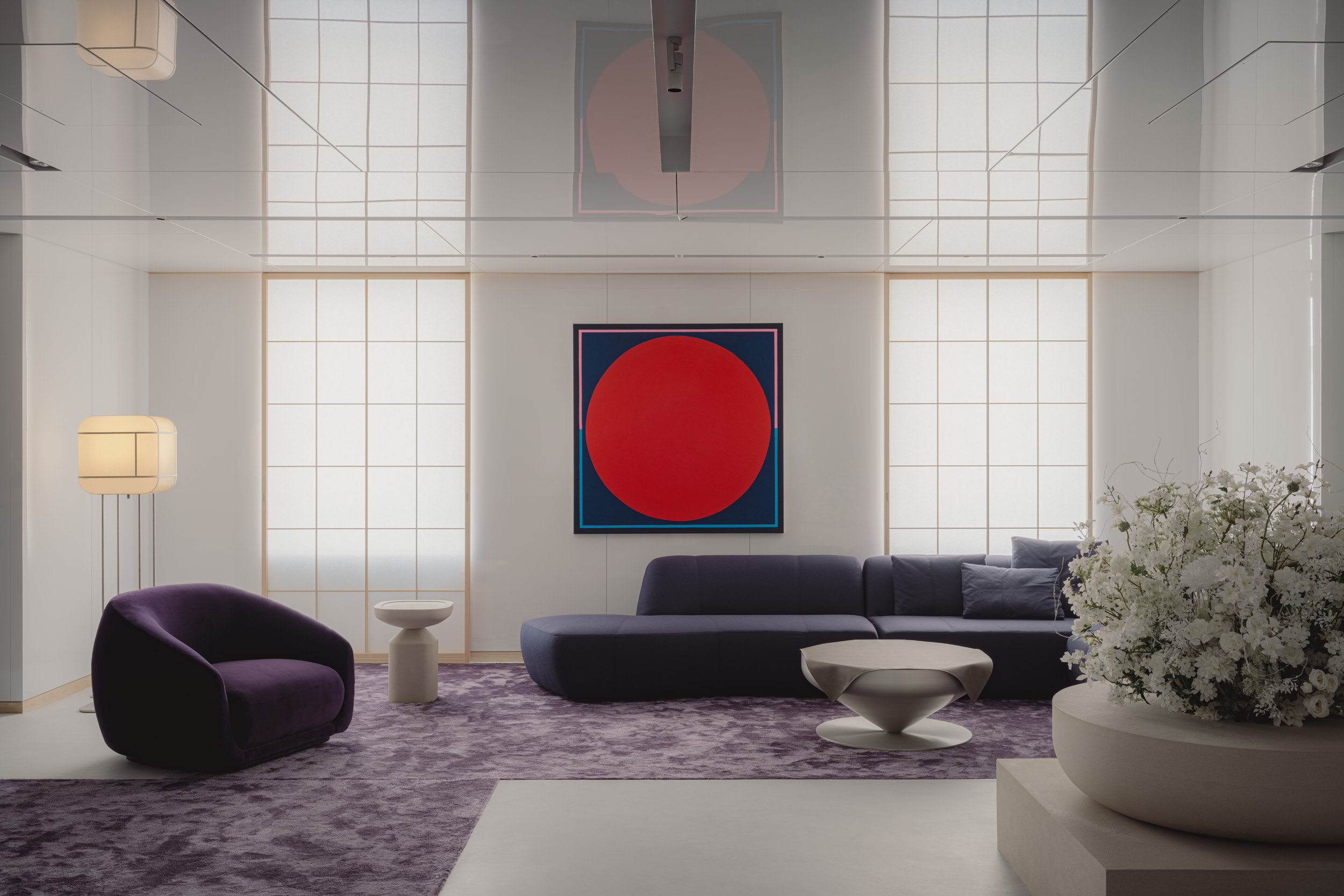 Matsuya Ginza lounge is a glossy haven at Tokyo’s century-old department store
Matsuya Ginza lounge is a glossy haven at Tokyo’s century-old department storeA new VIP lounge inside Tokyo’s Matsuya Ginza department store, designed by I-IN, balances modernity and elegance
-
 The Architecture Edit: Wallpaper’s houses of the month
The Architecture Edit: Wallpaper’s houses of the monthThis September, Wallpaper highlighted a striking mix of architecture – from iconic modernist homes newly up for sale to the dramatic transformation of a crumbling Scottish cottage. These are the projects that caught our eye
-
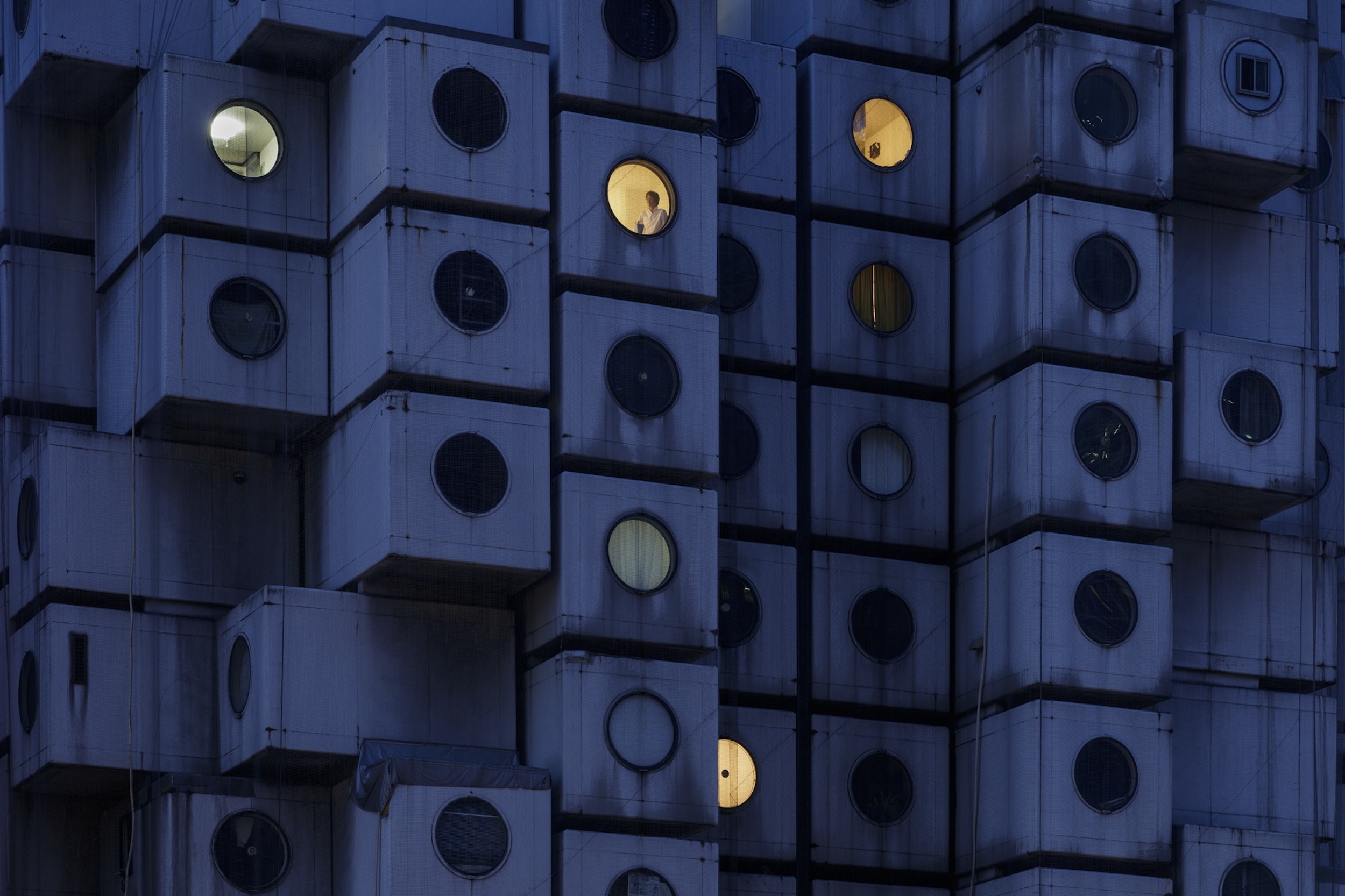 Utopian, modular, futuristic: was Japanese Metabolism architecture's raddest movement?
Utopian, modular, futuristic: was Japanese Metabolism architecture's raddest movement?We take a deep dive into Japanese Metabolism, the pioneering and relatively short-lived 20th-century architecture movement with a worldwide impact; explore our ultimate guide
-
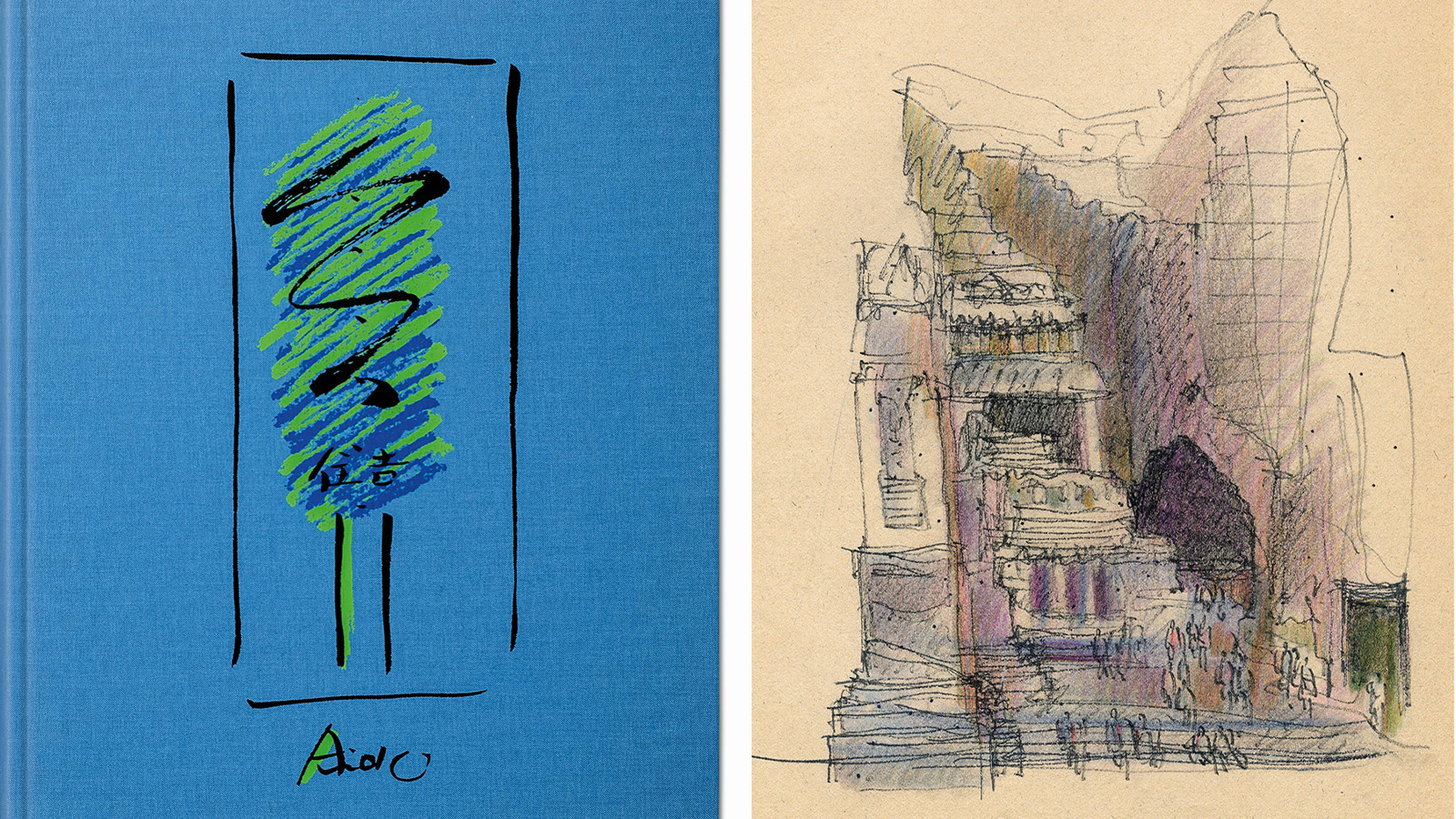 A new Tadao Ando monograph unveils the creative process guiding the architect's practice
A new Tadao Ando monograph unveils the creative process guiding the architect's practiceNew monograph ‘Tadao Ando. Sketches, Drawings, and Architecture’ by Taschen charts decades of creative work by the Japanese modernist master
-
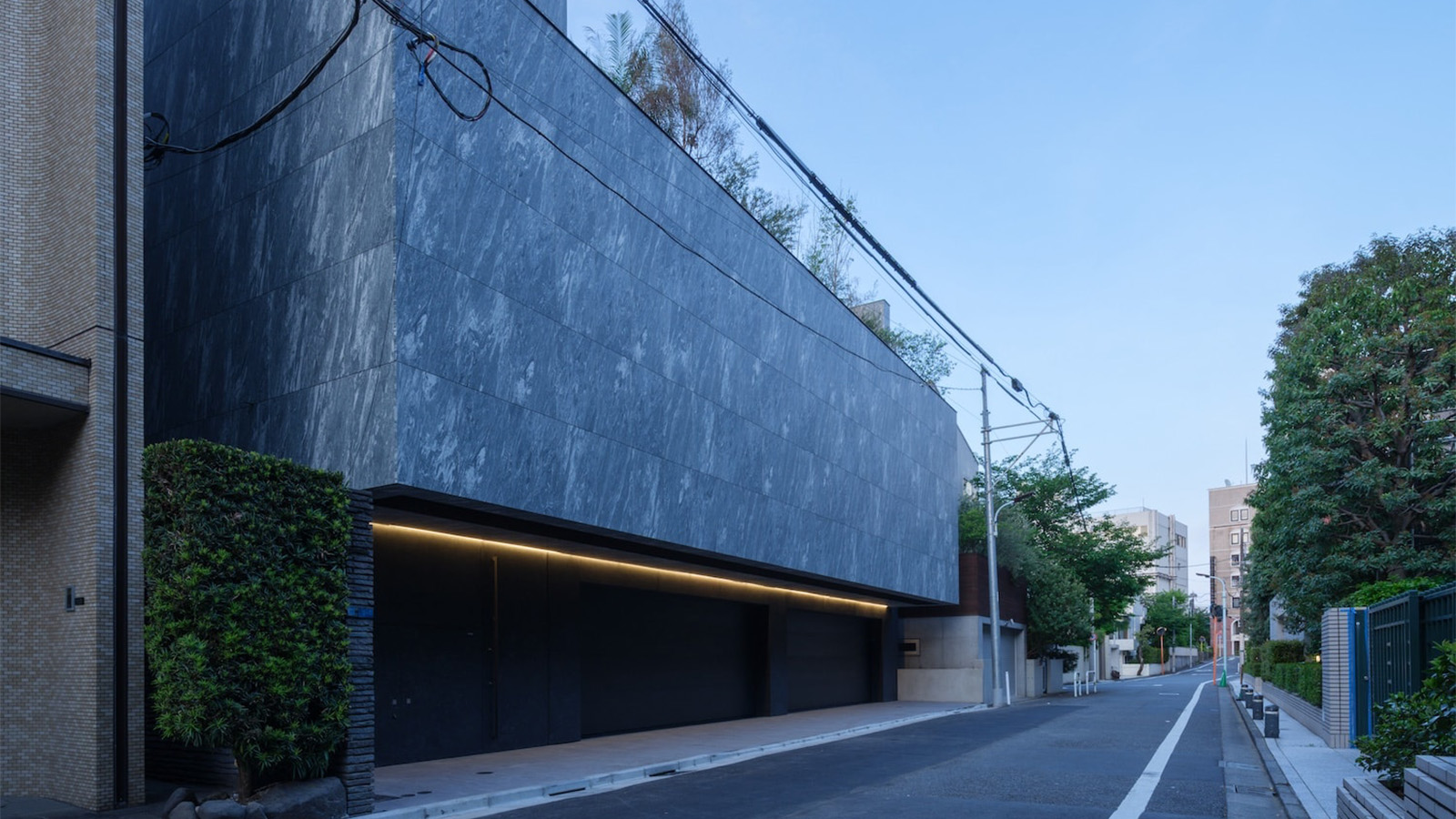 A Tokyo home’s mysterious, brutalist façade hides a secret urban retreat
A Tokyo home’s mysterious, brutalist façade hides a secret urban retreatDesigned by Apollo Architects, Tokyo home Stealth House evokes the feeling of a secluded resort, packaged up neatly into a private residence
-
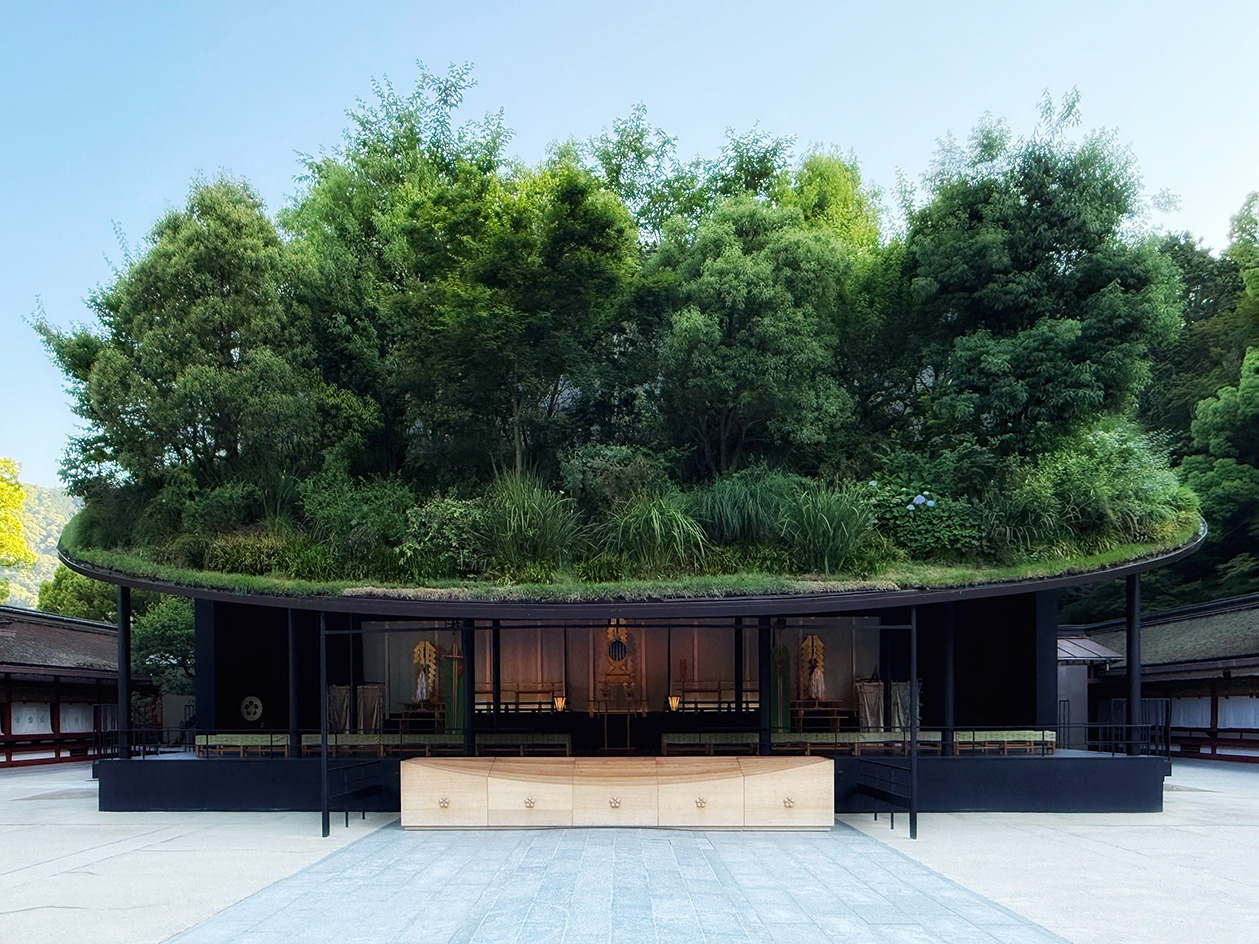 Landscape architect Taichi Saito: ‘I hope to create gentle landscapes that allow people’s hearts to feel at ease’
Landscape architect Taichi Saito: ‘I hope to create gentle landscapes that allow people’s hearts to feel at ease’We meet Taichi Saito and his 'gentle' landscapes, as the Japanese designer discusses his desire for a 'deep and meaningful' connection between humans and the natural world
-
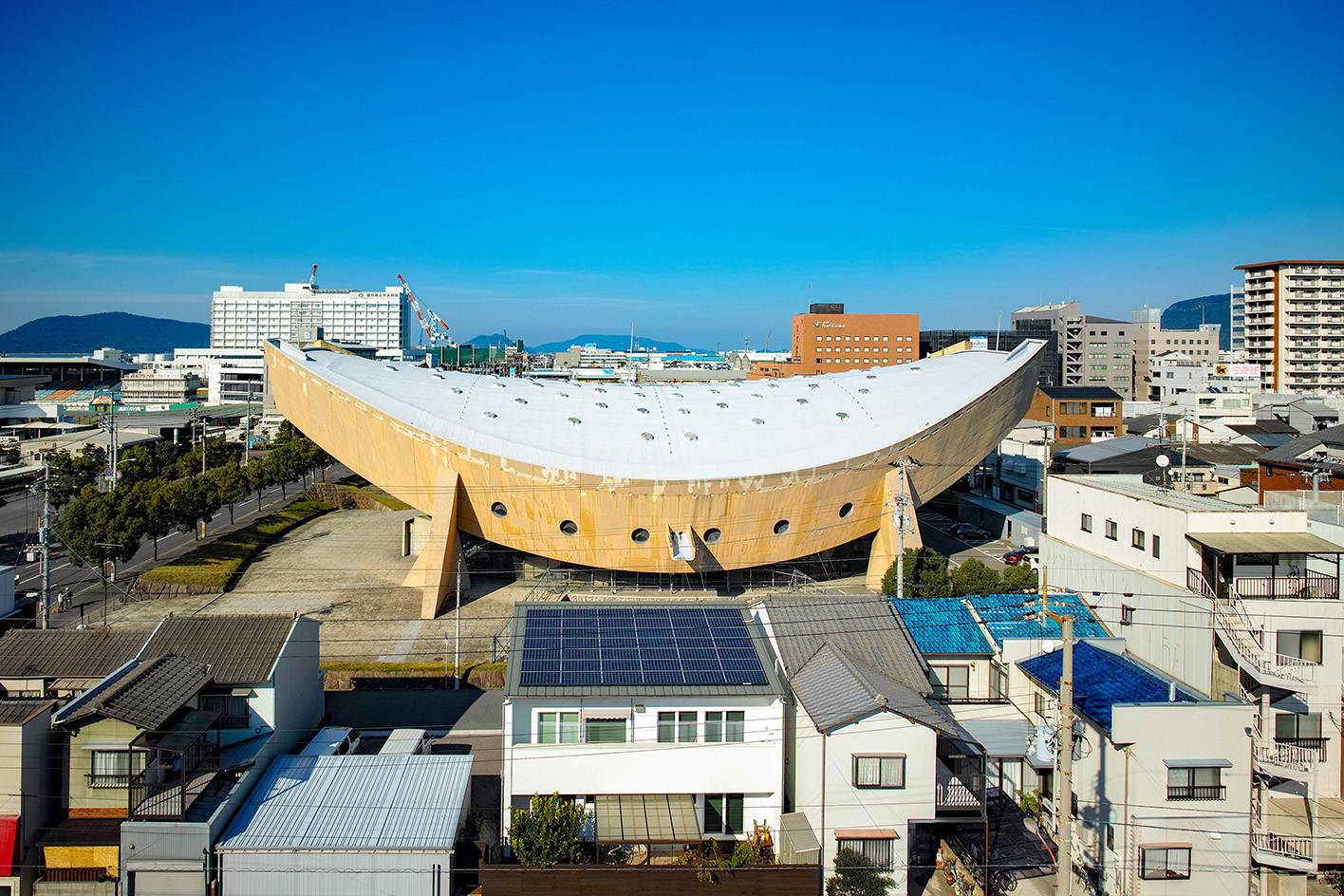 Campaigners propose reuse to save Kenzo Tange’s modernist ‘Ship Gymnasium’ in Japan
Campaigners propose reuse to save Kenzo Tange’s modernist ‘Ship Gymnasium’ in JapanThe Pritzker Prize-winning architect’s former Kagawa Prefectural Gymnasium is at risk of demolition; we caught up with the campaigners who hope to save it
-
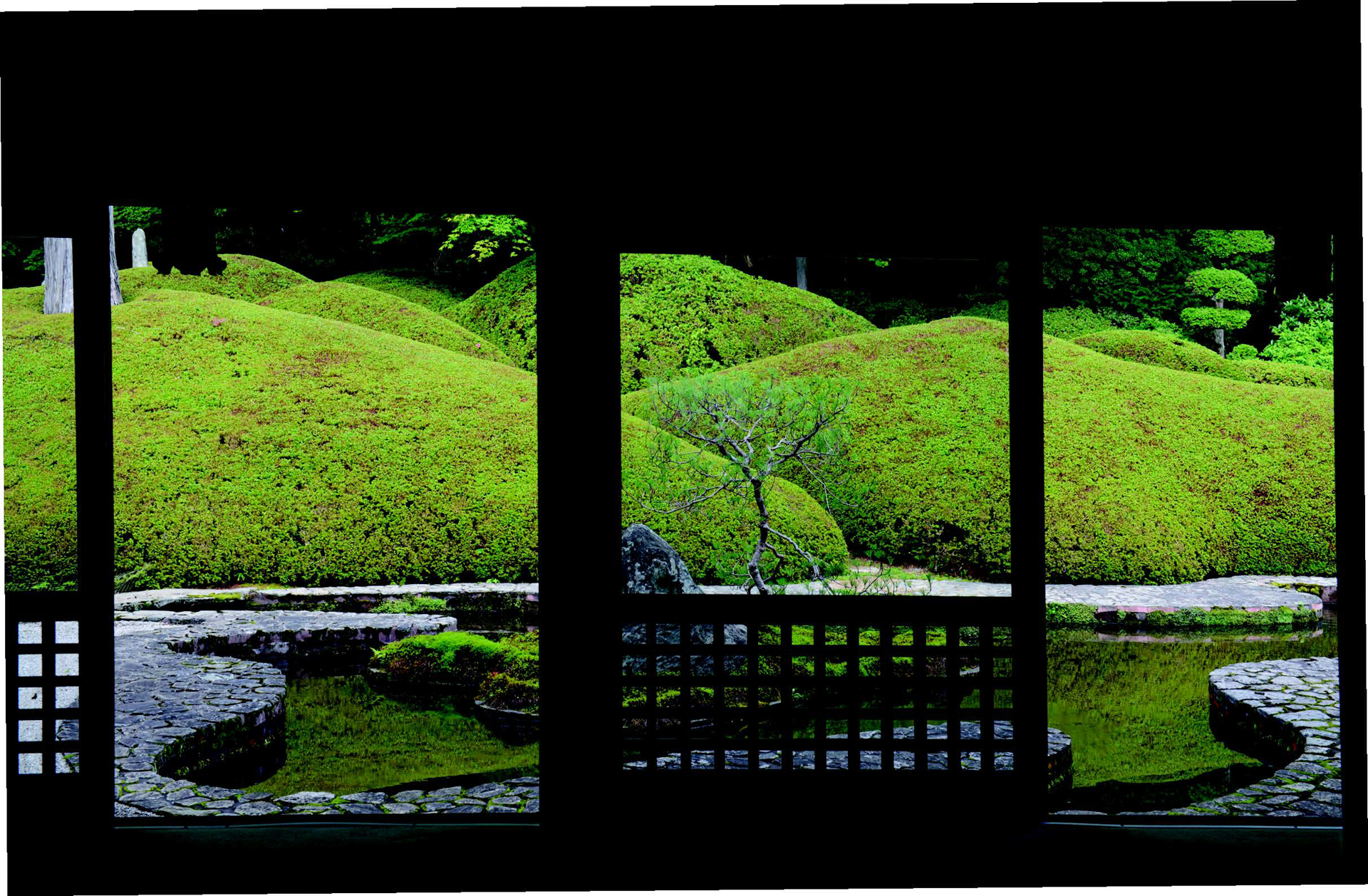 A new photo book explores the symbolic beauty of the Japanese garden
A new photo book explores the symbolic beauty of the Japanese garden‘Modern Japanese Gardens’ from Thames & Hudson traces the 20th-century evolution of these serene spaces, where every element has a purpose